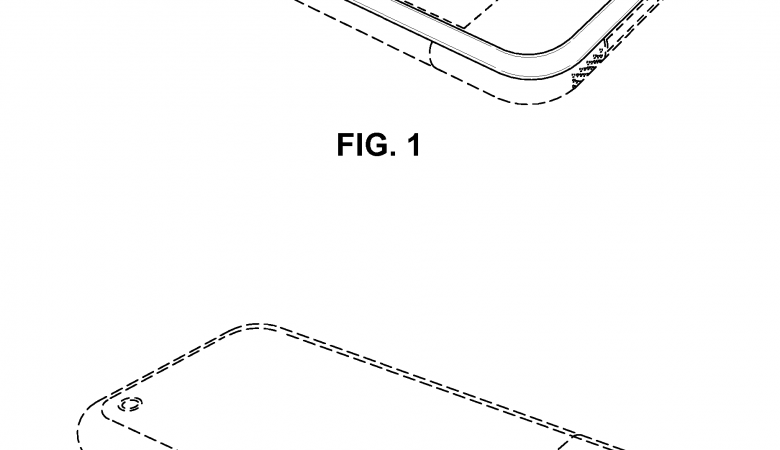Samsung sort of Victorious in Unanimous Supreme Court Reversal
Monday, January 9, 2017 2:51 pm
The decision is the first time the Supreme Court has weighed in on design patents in more than a hundred years, and has set off a legal challenge that may last an equal amount of time.
Check-out our last blog on the Samsung v. Apple case when it went to the Court.
The Court rejected the decision of the appeals court that Samsung Electronics should pay Apple $399 million, the total revenue from sales of its smart phones with the three infringed design patents. It still stands that Samsung infringed on Apple’s patents and should eventually pay Apple something, maybe all of it. The Court tasked the Federal Circuit to create a test to determine what portion of the end product is the “article of manufacture” with the infringed designs to enable the court to award damages appropriately.
Today smart phones contain hundreds of thousands of inventions each protected by utility patents. Samsung infringed on three of Apple’s design patents rectangular surfaces with curved edges, beveled sides and a grid of 16 icons for graphical display, not inventions but unique ornamental features. However, no doubt each substantially key to the iPhone’s success.
The decision revolved around determining the “article of manufacture,” that is the legal item to which Apple is entitled to receive damages in the amount of “total profit” according to the existing statue. The Appeals court determined that the “article of manufacture” was the end product sold to consumers, the Supreme Court rejected that determination. The unanimous decisions says “reading the “article of manufacture” to cover only an end product sold to a consumer gives too narrow a meaning to the phrase,” it could refer to a component of the end product or the entire end product.
The Court then declined to create a test to determine the portion of the end product that is the “article of manufacture” with the infringed designs. The court went out of its way to say it could have, if it wasn’t for “the absence of adequate briefing by the parties.” However, it did refer to a test discussed in the amicus curiae of the United States on this case, which also recommended remanding the case, it suggested determination of the “article of manufacture” should be based on three things – the scope of the design patent, prominence of the design to the whole product and whether it is conceptually distinct from the product as a whole. This outline may be a strong feature in the Federal Circuit now tasked with creating the test.




